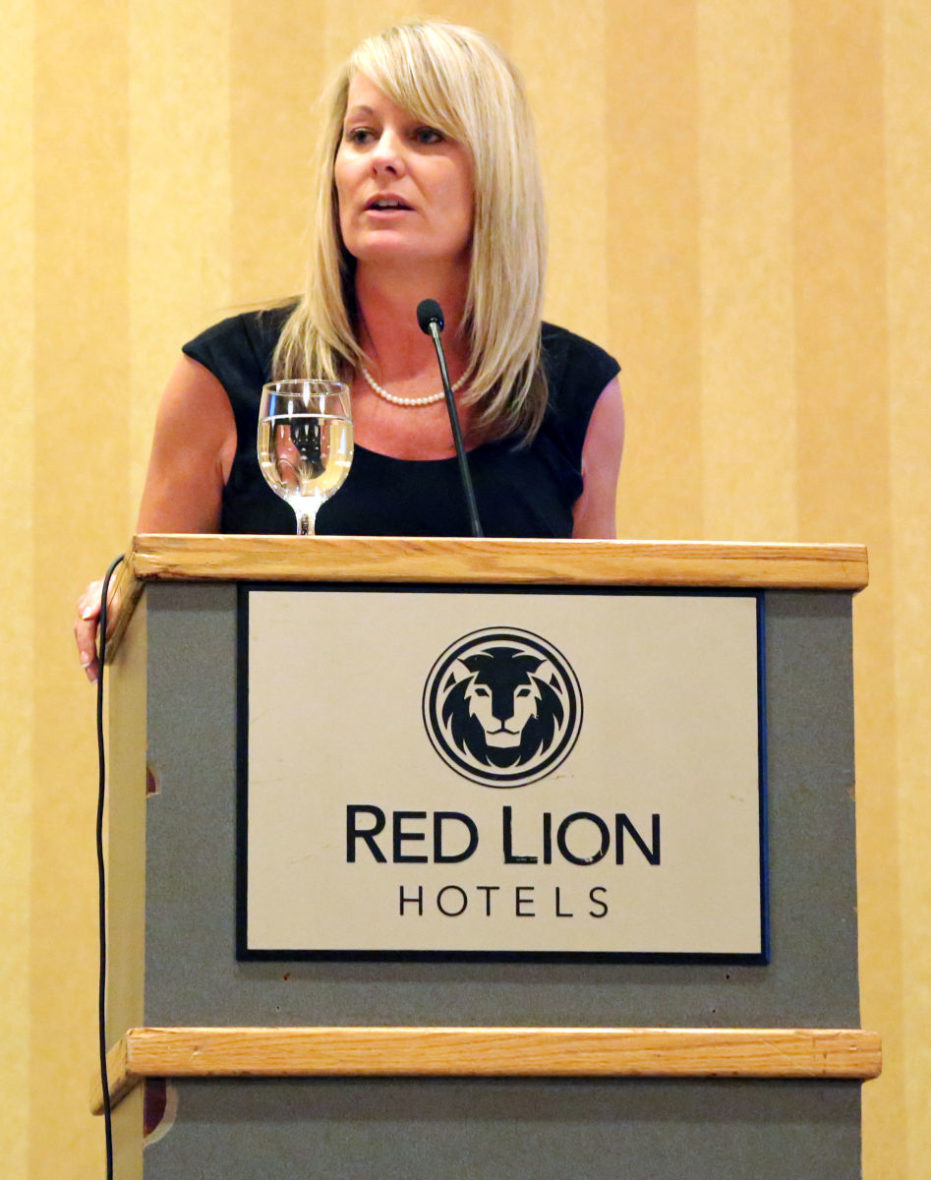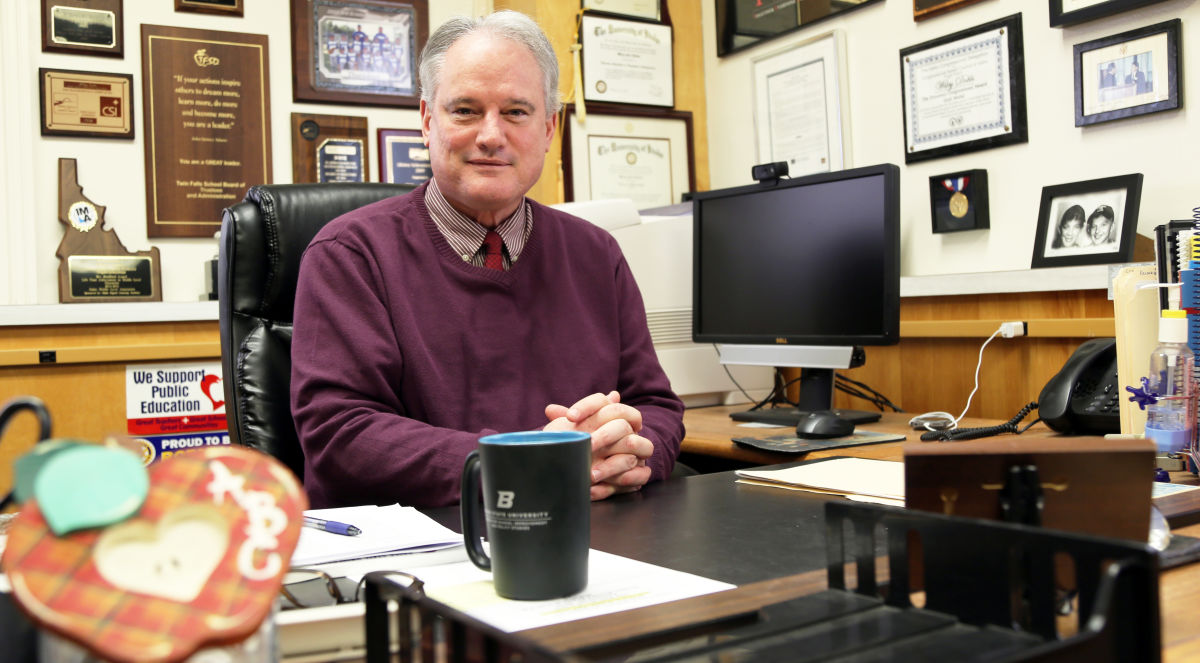In Central Idaho’s Blaine County School District, administrators have addressed the needs of transgender students with little trouble.
District officials sit down with students and their parents to discuss options. The school buildings have private, unisex bathrooms, and the district makes these rooms available to transgender students. This arrangement has worked so far, assistant superintendent John Blackman said.
“I would say the adults are more reactionary to this than the students,” he said.

The White House’s transgender student guidelines have triggered a pointed political reaction. The state of Texas announced plans Wednesday to sue the administration. Idaho hasn’t signed on yet, but Gov. Butch Otter plans to file a legal brief supporting the Texas lawsuit.
In contrast, the reaction from Idaho schools has been low-key and matter-of-fact. And several districts have adopted — or are considering — policies that mirror the Obama administration’s guidelines.
The restroom guidelines
The White House’s May 13 guidelines address a myriad of transgender student issues — from overnight school trips to athletics to the use of pronouns “consistent with a transgender student’s gender identity.”
However, much of the debate has centered on restrooms.
The White House’s guidelines give transgender students the power of choice. Schools cannot require transgender students to use a restroom inconsistent with their gender identity. Nor can schools require transgender students to use a private restroom. Schools can make private restrooms available “to all students who voluntarily seek additional privacy.”
Nearly a year ago, and with far less public scrutiny, the Idaho School Boards Association issued gender identity and sexual orientation guidelines to its members. The restroom recommendations are virtually identical to the White House’s guidelines.
Here’s a key passage from the ISBA’s suggested guidelines.
“No student will be required to use facilities that conflict with his or her gender identity consistently asserted at school. A transgender student or any other student who has a need or desire for increased privacy may be given the option of using a separate or private restroom or changing area, such as a single stall restroom, if such is available. No student shall, on account of their transgender status, be required to use such separate facilities.”
Varying local approaches
In Idaho, transgender policies vary from district to district, at least somewhat.
In Madison County — an Eastern Idaho district that is, in many ways, a socially conservative counterpoint to Blaine County — the district has made private faculty restrooms available to transgender students. Like Blaine County, Madison County reports no problems with its approach.
Nampa handles the matter on a case-by-case basis, covering everything from restroom use to the names and pronouns teachers use to identify transgender students. The idea, said district spokeswoman Allison Westfall, is to create a safe learning environment.
In the Boise School District, counselors have adopted a “Gender Support Plan.” Here as well, the goal is to come up with an individualized approach for students.
The policymaking process
To critics such as state superintendent Sherri Ybarra, the White House transgender guidelines represent an affront to local control, taking away decisions that should be made at the district level.
Discussions are taking place at the local level — and not surprisingly, districts are at different stages in the policymaking process.
The West Ada School District formed a committee to look at its transgender policies; the group met for the first time on Wednesday. Committee members believe the district is in line with federal guidelines, district spokesman Eric Exline said Wednesday, “but the group will meet again after school is out to continue our review.”
Blaine County trustees are poised to adopt a transgender student policy, mirroring the ISBA guidelines. A vote is scheduled for June 14.
Blaine County trustees can look about 60 miles to the south to see a similar policy in practice. The Twin Falls School District adopted the ISBA guidelines in October.

The policy passed with little public debate, Superintendent Wiley Dobbs said this week, and the policy has had little immediate impact. Only a couple of the district’s 9,000 students identify themselves as transgender students, and they are using faculty or counselor’s restrooms, without incident.
To be sure, there is a significant difference in perception between the ISBA’s guidelines and the ones that came from the White House. The ISBA’s guidelines are strictly suggestions, and even the association isn’t sure how many districts adopted the language on their own. Dobbs, meanwhile, isn’t surprised that the Obama administration’s guidelines have come under criticism, especially in a Republican state. The threat to federal school funding only intensifies the matter.
“They seemed more like marching orders than guidelines,” Dobbs said.
The lingering unknowns
In a variety of areas, school administrators may be forced to address transgender topics as they arise.
Twin Falls hasn’t yet to address locker room access, Dobbs said, because so far it’s been a moot point. The district’s transgender students aren’t enrolled in physical education classes.
As new issues surface, communication and buy-in could prove critical. It will be important to look for solutions that work for transgender students and parents, Dobbs said. Most of these issues will eventually be settled in court, he said, and no district wants to foot the bill for the test case. “You can end up with unbelievable legal cost that will be borne by your patrons.”
Blackman is mindful of the specter of a lawsuit. The district has been able to come up with ways to accommodate transgender students, partly because the students and parents have been willing to sign on to the district’s suggestions. “So far we haven’t had that case where someone has wanted to push the line and create a stir.”
Despite that threat, Blackman appreciates the larger objective. The move to accommodate transgender students is no different than past efforts to make schools more comfortable for gay and lesbian students.
“It doesn’t seem contrary to what has always been the expectation of public schools,” Blackman said.
